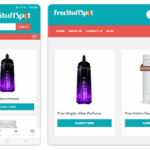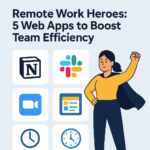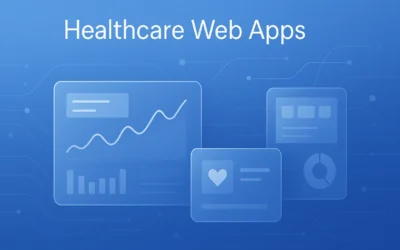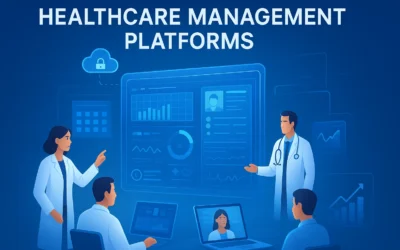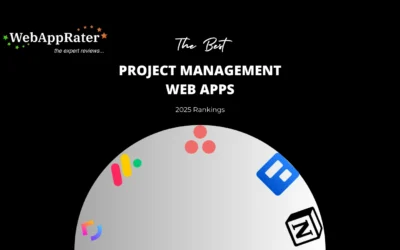Introduction
In the fast-evolving digital landscape, SaaS enterprises stand out as attractive investment opportunities for both investors and entrepreneurs. The promise of steady recurring revenue and a scalable business model is captivating. However, the path to acquisition requires careful analysis and thorough due diligence. Exploring off-market deals can uncover a treasure trove of opportunities, far from the competitive frenzy of public listings.
1. Financial Health and Metrics
Key Financial Indicators: Begin your acquisition journey with a comprehensive review of the business’s financials—revenue, expenses, and profit margins. These figures are the pulse of the company’s financial health and stability.
Customer Acquisition Cost and Lifetime Value: Dig deeper by analyzing the Cost to Acquire Customers (CAC) and the Lifetime Value (LTV) of those customers. This examination sheds light on the business’s sustainability and its potential for future profits.
Churn Rate: The churn rate, or the percentage of customers who discontinue their subscriptions over a certain period, is pivotal. It greatly affects future revenue streams and overall stability.
Off-Market Insight: Off-market deals provide a unique setting for an in-depth financial analysis, free from the rush of competing bids, giving a transparent view of the company’s fiscal condition.
2. Understanding the Customer Base
Diverse Customer Segments: Evaluating the various customer segments served by the business helps gauge its market reach and potential for expansion.
Retention Rates: High customer retention rates signify strong customer satisfaction and the perceived value of the product.
Customer Feedback: Insights from customer reviews and feedback are invaluable for identifying areas for improvement and gauging overall satisfaction.
3. Product Quality and Functionality
Core Functionality and Usability: At the heart of a SaaS business is its product. Assessing the software’s functionality, usability, and customer value is essential.
Technology Stack: Examining the technology stack and any proprietary technologies offers insights into the product’s technical robustness and scalability.
Technical Debt: Identifying potential technical debt is crucial to avoid future challenges in product development and expansion.
4. Market Position and Competitive Landscape
Market Positioning: Understanding the business’s market position and Unique Value Proposition (UVP) provides clarity on its standing among competitors.
Evaluating Competition: Assessing the competitive landscape helps determine the business’s strengths and weaknesses within the market.
Growth Opportunities: Identifying potential market growth opportunities is vital for future expansion and scalability.
Off-Market Advantage: Off-market deals may reveal chances to acquire businesses with strong market positions without the usual competitive pressures, allowing for a more thorough competitive analysis.
5. Legal Compliance and Intellectual Property
Legal and Regulatory Compliance: Ensuring that the business meets all legal and regulatory requirements is critical to avoid future legal issues.
Intellectual Property Rights: Clear ownership and status of intellectual property are essential, as they often represent significant assets of a SaaS business.
Potential Legal Liabilities: Early identification of potential legal liabilities helps mitigate unexpected challenges post-acquisition.
6. Operational Efficiency
Operational Processes: Evaluating the efficiency of operational processes, the effectiveness of the management team, and the organizational structure helps pinpoint improvement areas.
Company Culture: Assessing the company culture and its alignment with your organization is key for smooth integration after the acquisition.
Operational Improvements: Identifying potential areas for operational enhancements can boost efficiency and productivity post-acquisition.
7. Technical Infrastructure
Infrastructure Assessment: A thorough evaluation of servers, security protocols, and data handling practices is crucial to meet industry standards and support future growth.
Industry Compliance: Ensuring adherence to data security and privacy standards and best practices is fundamental to risk mitigation.
Areas for Improvement: Identifying potential risks and improvements in technical infrastructure is essential for continuous business growth and stability.
8. Growth Potential and Scalability
Growth Strategies: Evaluating existing growth strategies and market expansion opportunities provides a blueprint for future scalability.
Scalability of Business Model: Assessing how well the business model scales with your growth plans is critical.
Exploring New Markets: Identifying potential new markets or customer segments can open doors to significant growth.
9. Integration and Compatibility
Compatibility Assessment: Determining how well the SaaS business fits with your existing operations is crucial for a seamless transition.
Integration Challenges: Identifying potential integration challenges and solutions is vital for maintaining business continuity.
Transition Planning: Effective transition planning post-acquisition ensures uninterrupted operations and smooth integration.
Off-Market Benefits: Off-market deals often provide a level of transparency and direct engagement with the seller, facilitating a deeper understanding of integration capabilities and promising a smoother transition.
Conclusion
Embarking on the acquisition of a SaaS business requires a detailed evaluation of various critical factors. Off-market deals, available through platforms like our Off-Market(place) app, offer a unique pathway to explore carefully curated opportunities away from the competitive noise of public listings. Partner with us to navigate the off-market landscape and take a well-informed step towards acquiring a SaaS business that perfectly aligns with your entrepreneurial vision.






